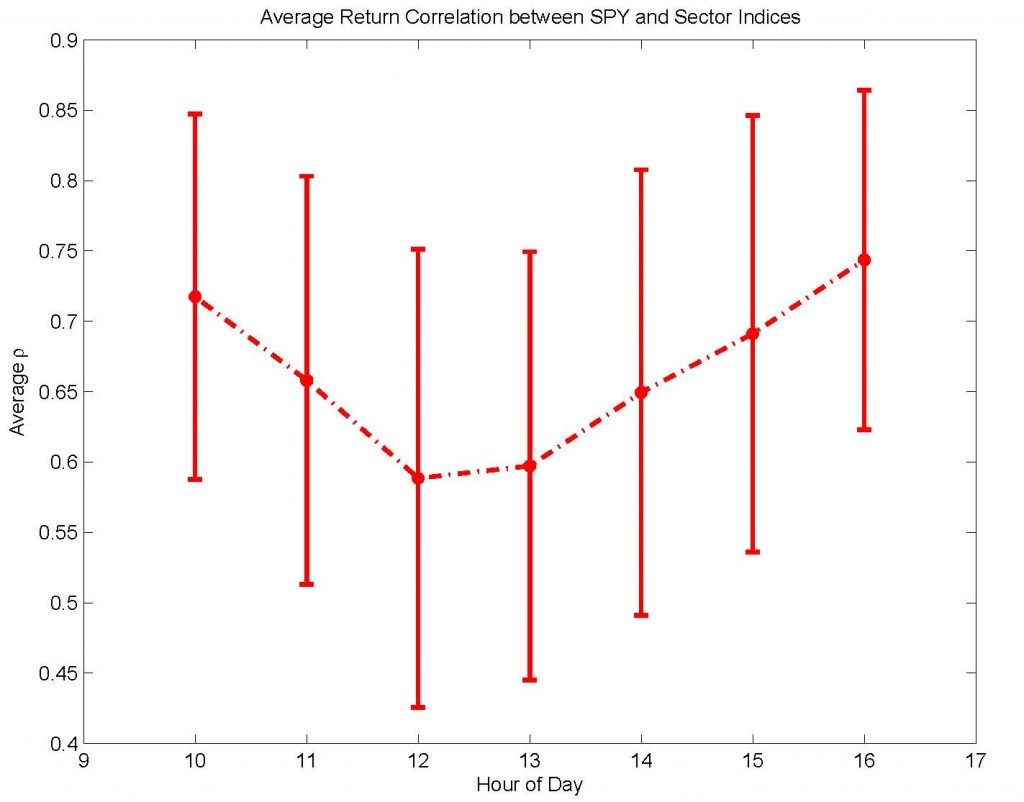Abstract: Given that both S&P 500 index and VIX options essentially contain information on the future dynamics of the S&P 500 index, in this study, we set out to empirically investigate the informational roles played by these two option markets with regard to the prediction of returns, volatility and density in the S&P 500 index. Our results reveal that the information content implied from these two option markets is not identical. In addition to the information extracted from the S&P 500 index options, all of the predictions for the S&P 500 index are significantly improved by the information recovered from the VIX options. Our findings are robust to various measures of realized volatility and methods of density evaluation.
C. San-Lin, W.-C. Tsai, Y.-H. Wang, P.-S. P. Weng. The Information Content of the S&P 500 Index and VIX Options on the Dynamics of the S&P 500 Index. http://ssrn.com/abstract=1711036.
